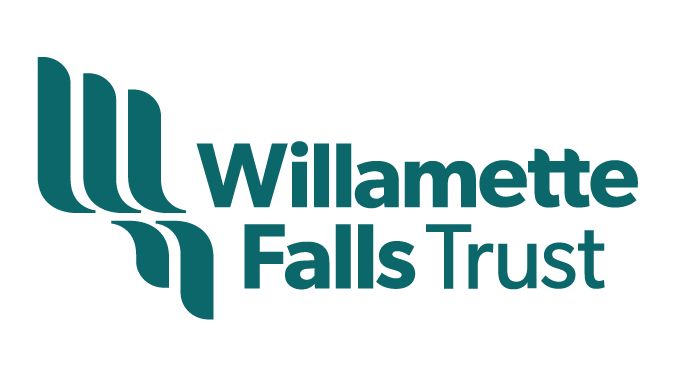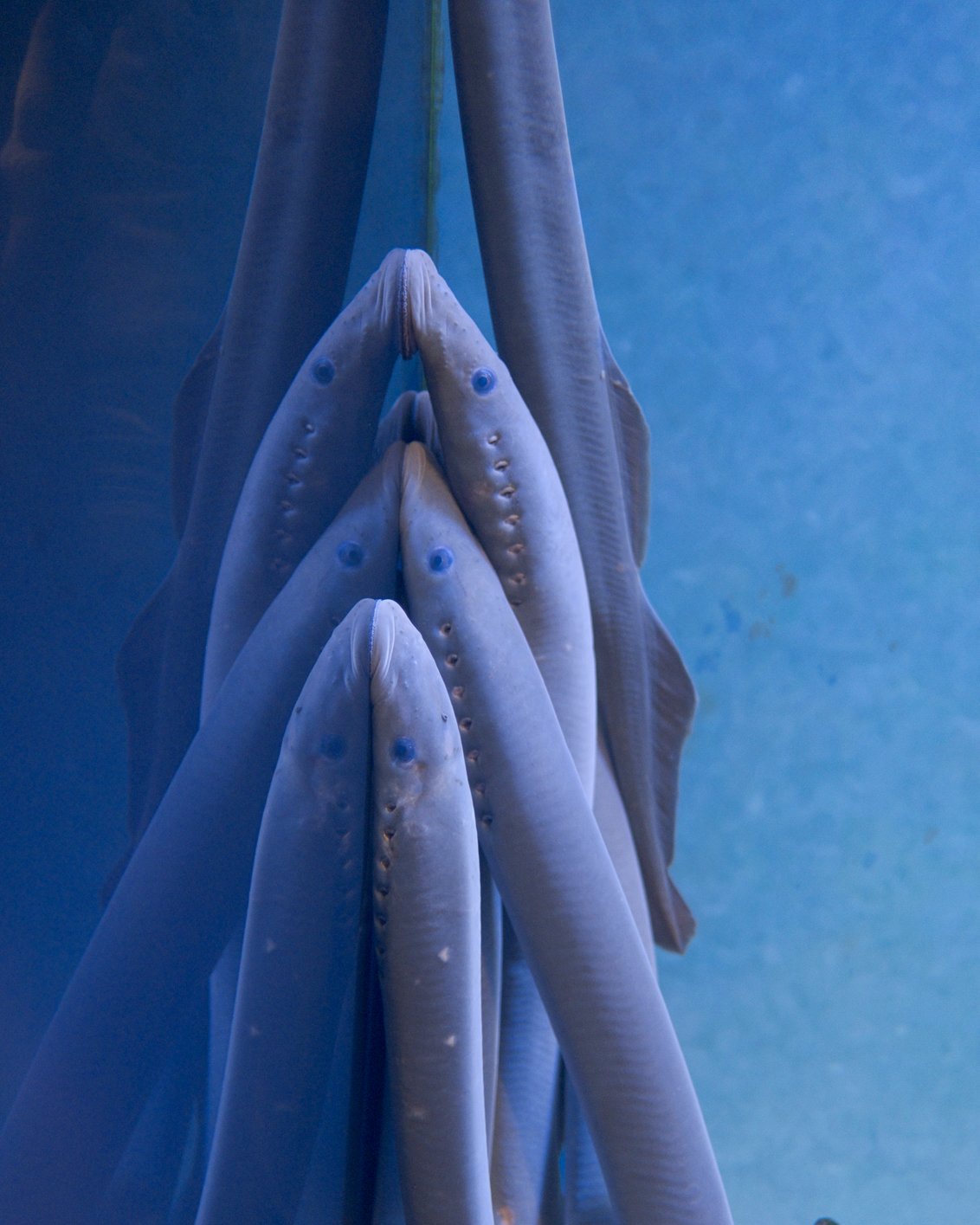Frequently Asked Questions
-
Since 2015, Willamette Falls Trust has focused on restoring public and Tribal access to Willamette Falls. The Trust is a non-profit, Tribal-led organization that is uniquely qualified to lead this effort in collaboration with multiple regional Tribal governments, local and state government partners, private donors and businesses and others who all seek to reclaim this area for current and future generations. In February 2023, Willamette Falls Trust was accepted into the High Line Network, a nationwide community of non-profit organizations redefining public spaces.
-
The Trust is a non-profit entity governed by a fourteen-member Board of Directors, with an intentional emphasis on collaborative inter-Tribal leadership from four Pacific Northwest Tribes with significant cultural and lived history at the Falls: Confederated Tribes and Bands of the Yakama Nation, Confederated Tribes of Siletz Indians, Confederated Tribes of the Umatilla Indian Reservation, and Confederated Tribes of Warm Springs. The Trust holds permanent seats on its Board of Directors for other regional Tribes with historic ties to the Falls.
-
Many Tribal histories and lifeways come together at Willamette Falls. Since time immemorial, this has been a gathering place for multiple Tribes to fish, hunt and gather. The ancestors of all four Trust member Tribes have significant history at the Falls. Today, Willamette Falls is among the last places where Tribal members can harvest tribal K'suyas, asum, also known as Pacific Lamprey.
-
Willamette Falls, the second largest waterfall in North America by volume, is one of the greatest natural features in Oregon, yet has been largely inaccessible for more than 150 years. As an inter-Tribal led organization, the Trust is focused on restoring public access to the Falls, centered around the significant cultural ties of the Tribes with lived history at this natural area.
-
We are assessing the feasibility of a future potential project on a portion of PGE’s property on the west side of the Willamette Falls in West Linn, Oregon. This stretch of the river is in Clackamas County in the southern portion of the Portland metro region. The portion of PGE’s property that we are assessing is a narrow strip of land separated from shore by the Willamette Falls Locks, and offers a uniquely close and direct viewpoint of the Falls.
-
The Feasibility & Cooperation Agreement opens the door for the Trust to access a portion of PGE’s property at the site. Through this cooperative agreement, the Trust will engage experts to assess a portion of PGE’s property outside of areas under the jurisdiction of the Federal Energy Regulatory Commission (FERC) boundaries around PGE’s hydropower plant. The feasibility study may also assess the possibility of eventually acquiring this portion of PGE’s property to move forward with reclamation of the area. A summary of the agreement with a map of the area is available on portlandgeneral.com/westlinnwaterfront.
-
The overall goal is to restore meaningful public access to this important natural area. If feasible, the Willamette Falls Inter-Tribal Public Access Project contemplates a future project with walkways, viewing structures, and spaces for interpretation, cultural events and community programming, all informed by Indigenous-led design.
-
No. PGE will continue operating its hydropower plant through its current license and will seek relicensing in 2035. Fish passage and Oregon Department of Fish and Wildlife monitoring facilities will not be affected. The current paper company has a lease to operate its mill through 2034 (if all extension options are exercised). The U.S. Army Corps of Engineers has property rights that impact PGE’s property, and that it intends to convey to the Willamette Falls Locks Authority, which intends to reopen, operate and maintain the locks.
-
This project will be funded with a mix of public funding, a portion of which has already been designated to Willamette Falls, in addition to private donations.

